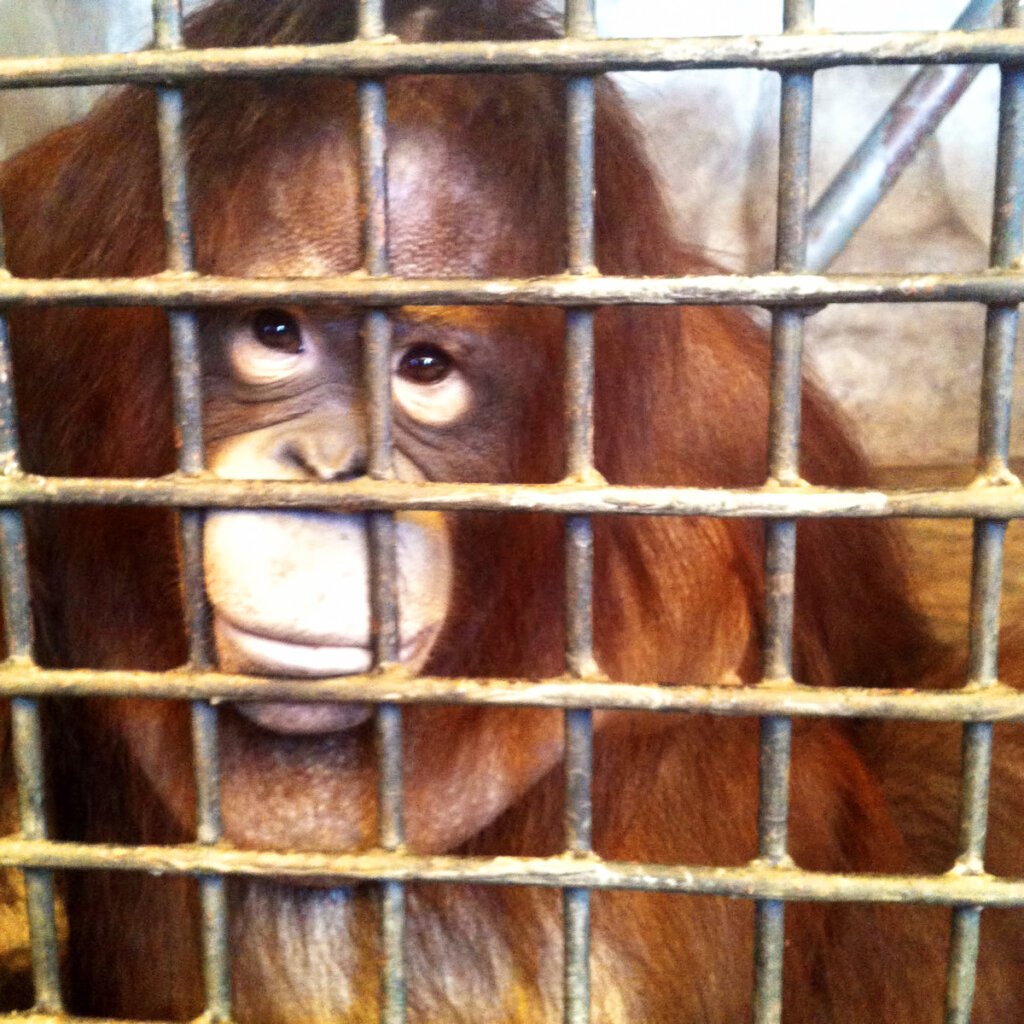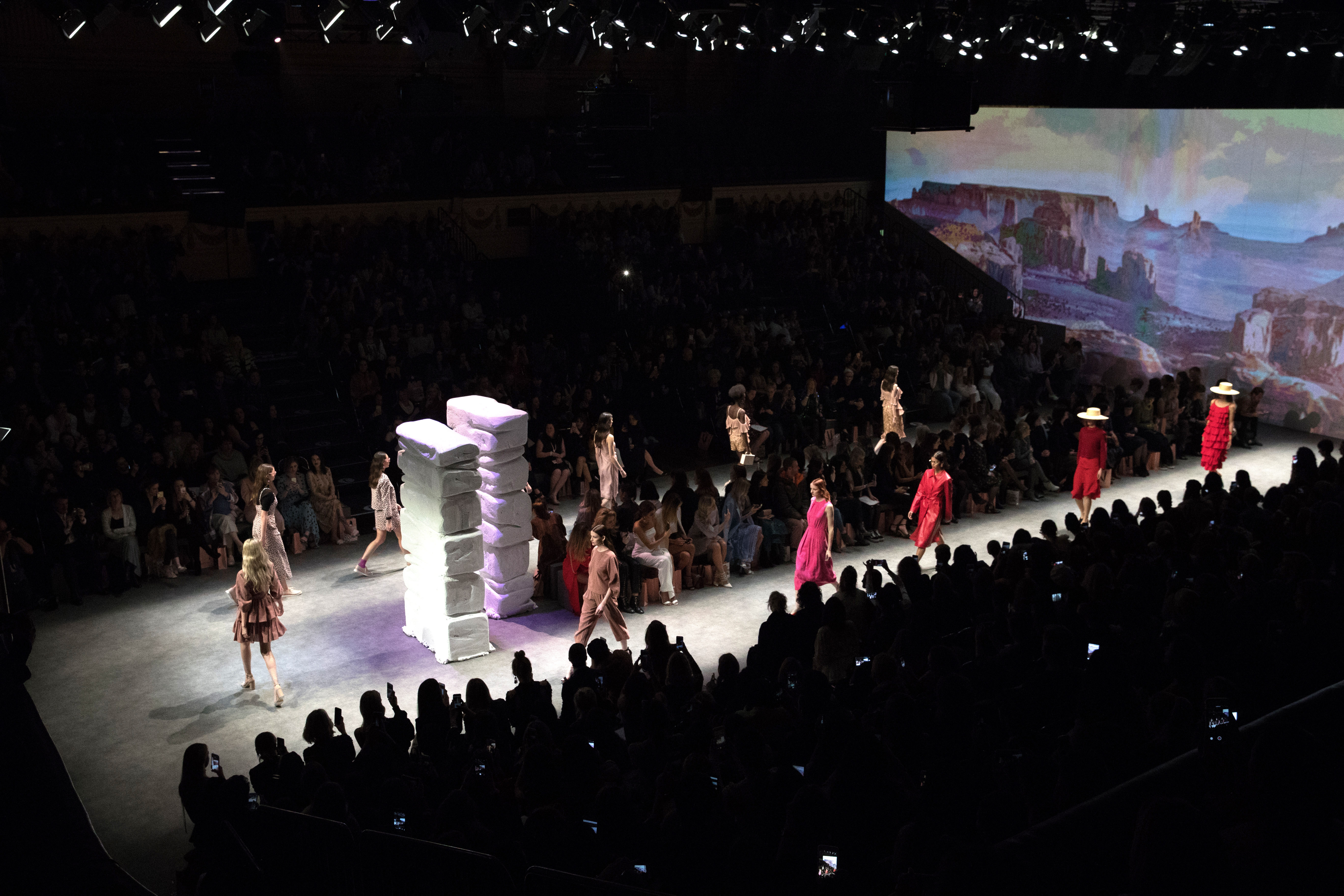Melbourne Fashion Week Is Free of Fur, Angora, and Exotic Skins!
Behind the glamourous couture, sleek models, and charming celebrities, Melbourne Fashion Week (MFW) is a time for designers to make a statement and set trends for the upcoming season.
The biggest trend in 2018 is ethical fashion, and MFW is taking strides towards developing runway policies that are kinder to animals. Designers invited to the event won’t be showing any fur, angora wool, or skins of exotic animals as part of their collections.
“This includes vintage fur and fur taken from animals who are culled or hunted and crocodile skin whether from Australian crocodiles or imported. Only items containing fake or faux fur will be permitted,” reads MFW’s policy.
Fur Falls First
Even though fur-free or faux is favoured amongst most designers in 2018, it hasn’t always been that way.
Back in 2011, PETA stormed the catwalk and protested outside what was then called “Melbourne Spring Fashion Week” – which prompted organisers to pull all fur garments from the show.
Since then, Melbourne’s fur-free policy has set the standard for all designers and festivals to follow. And follow it they have! In recent years, both the Virgin Australia Melbourne Fashion Festival and the Telstra Perth Fashion Festival have also banned fur from their runways, and more than 100 brands in Australia alone have pledged to PETA to be fur-free.
History shows us it won’t be long before other events take a leaf out of MFW’s book and ban angora wool and exotic skins, too.
The Future of Fashion
Designers taking the next step in the evolution of vegan fashion are already at the MFW party. PETA Fashion Award Winner REMUSE’s animal-friendly designs will take the stage in Union Lane, and MAUDE Studio’s dazzling leather-free accessories will be shown in Tattersalls Lane. Cult fashion favourite Gorman – who recently announced they would stop using Mohair after seeing PETA Asia’s expose – will be part of the main event in Melbourne’s Town Hall.
The movement towards ethical fashion is in full swing in other parts of the world as well. Recently, PETA UK appealed to Helsinki Fashion Week, which then pledged to go leather-free and to take an active stand against both cruelty to animals and the damaging environmental impact of leather production.
Animals Are Not Ours to Wear
Before fur, wool,leather, angora, mohair, exotic skins, down, and silk reach runways or store shelves, animals endure lives of misery, pain, frustration, and fear.
On fur farms, they’re driven insane inside tiny wire cages, where they spend their whole lives before being painfully killed. The leather industry causes the deaths of over a billion animals every year, including cows, pigs, goats, kangaroos, sheep, and even dogs and cats. Investigations into the wool industry in Australia – the world’s largest exporter of the material – have revealed the large-scale abuse of sheep, who are kicked, punched, and mutilated. And the down feathers used to stuff winter jackets are often torn from live birds, who endure this torture multiple times before eventually being slaughtered.
Then there’s the fact that the animal-skins industry is polluting our planet. Industry reports show leather, silk, and wool to be among the worst environmental offenders.
Every time we buy clothes and accessories, we have an opportunity to make a statement about who we are and how we treat others.
Help Animals in 2025: Renew Your PETA Membership!


